When it comes to mountain biking, what you wear has a direct impact on your safety, comfort, and performance. Therefore, it is not only advisable but required to wear clothing that can withstand rugged terrain, sudden weather changes, and intense physical exertion.
This is a complete guide on what to wear for mountain biking. We will also discuss factors that influence your clothing choices and how MTB gear might differ between men and women.
Stick around for some tips on improving your mountain bike performance as well.
The Essential Mountain Bike Clothing: What to Wear
Mountain biking clothing and gear are usually classified based on the areas of the body they are meant to protect. Typically, you need the following five different types of mountain biking clothing and gear :
- For your head and upper body, you need a helmet and eyewear
- For your torso and upper body, you need the appropriate mountain biking shirt and jersey
- For your core and lower body, you need inner shorts, outer shorts, and pants.
- For your feet, you have to wear the appropriate mountain biking footwear, which typically includes socks and shoes.
- Then you need protective gear for safety.... knee pads, body armour, etc.
1. Head and Upper Body Mountain Biking Gear
For your head and upper body, the most important mountain biking gear you need is a helmet and comfortable eyewear.
i. Helmet
For mountain biking, always choose a mountain biking (MTB) specific helmet. They offer more rear-head coverage than road helmets.
- If you are doing endurance riding or riding downhill (where crashes are typically more likely), you need a full-face helmet.
- To prevent overheating, especially in the summer, choose a well-ventilated helmet.
For mountain biking, consider this Headlight Bike Helmet from Viribus. It is ultralight, integrally molded, and water repellent.
ii. Eyewear
Not everyone likes wearing eyewear while mountain biking, but it is always helpful to do so. The appropriate eyewear protects against dust, branches, insects, and glare, which are much more common in mountain biking.
Consider photochromic lenses for variable light conditions.
2. Shirts and Jerseys For Mountain Biking
The best shirts and jerseys for mountain biking are those that are made with moisture-wicking synthetic fabrics or merino wool (odor-resistant). Polyester and nylon are lightweight, breathable, and moisture-wicking, which makes them great for mountain biking shirts and jerseys.
Here’s what to consider when choosing shirts and jerseys for mountain biking:
- Ensure the right fit. Go for shirts that are slightly looser than road jerseys in order to accommodate dynamic movement.
- Choose shirts and jerseys with back pockets for tools/snacks, longer rear hem for coverage when leaning forward.
3. Mountain Biking Core and Lower Body Clothing
Covering your core and lower body is essential in mountain biking. Specialized mountain biking jerseys and shorts are designed to provide enhanced comfort and performance, but also protect you from environmental hazards and carry tools, snacks, or even your phone.
Choosing Mountain Biking Shorts or Pants
- Look for padded liner shorts (chamois): They are worn underneath for comfort during long rides.
- Baggy outer shorts or MTB pants: These are durable, abrasion-resistant, often with water-resistant finishes.
- Pants: Useful for cold weather or to protect against brush and falls.
Consider Cycling Gloves
Gloves provide grip and protection. For mountain biking, look for full-fingered gloves with sufficient padding.
These touchscreen cycling gloves are touchscreen compatible, allowing you to use your phone or screen display without removing your gloves, making them super convenient.
- Full-fingered gloves protect hands from falls, branches, and blisters.
- The padding typically includes gel or foam to reduce hand fatigue.
4. Mountain Biking Footwear: Choosing the Right MTB Shoes
There are two primary types of MTB shoes: clipless and flat-pedal shoes. Which one you choose depends on what kind of mountain biker you are, and what conditions you are riding under.
- If you're a beginner or a regular mountain biker, flat pedal shoes are a simple and practical choice.
- For XC riders and more experienced mountain bikers, clipless shoes may be a better option.
Clipless Shoes
- These come with cleats that attach to pedals, and they require practice for safely unclipping.
- They ensure better power transfer and are popular for XC riders.
Flat Pedal Shoes
Flat pedal shoes have Sticky rubber soles for grip. They are:
- Easier to bail out of in tricky terrain.
- Preferred for downhill and trail riders.
Choosing Socks for Mountain Biking
For mountain biking, opt for socks that are breathable, quick-drying (as they may require frequent washing), and comfortable to wear over long distances.
5. Protective Gear for Safety
For mountain biking, you need protective gear for safety: Consider elbow and knee pads, body armor and hydration packs, and hip packs.
- Elbow and Knee Pads are vital for technical trails, downhill, or rocky conditions. You can choose between soft shell (flexible, lightweight) and hard shell (more impact resistance).
- Body armor or chest and Back Protection is optional, but if you're tackling aggressive trails or enduro/downhill riding, it's essential.
- Hydration Packs or hip packs keep you hydrated and help you carry tools, snacks, and a first aid kit.
- Base Layers: If you're riding in a cold season, you need thermal or moisture-wicking base layers to add insulation without overheating.
- Rain jackets or windbreakers are lightweight, packable, and breathable to stay dry without trapping heat.
Mountain Biking and Gear Checklist
| Category | Recommended Gear |
| Helmet | MTB-specific, full-face for downhill |
| Eyewear | UV/safety glasses with anti-fog |
| Jersey | Breathable, moisture-wicking, long or short sleeve |
| Shorts/Pants | Padded liner + durable outer shell or pants |
| Gloves | Full-fingered with grip and padding |
| Shoes | Clipless or flat pedal shoes with stiff soles |
| Socks | Breathable, synthetic or merino wool |
| Base Layer | Optional for warmth or moisture control |
| Jacket | Lightweight rain/wind protection |
| Protective Pads | Elbow and knee pads, optional body armor |
| Hydration Pack | For water, tools, snacks, and first aid |
Affordable Mountain Bike From Viribus
Do you really need to spend $3,000 to $6,000 to get a premium e-MTB in order to enjoy mountain biking? Mountain biking only becomes expensive when you get caught up in the idea that you need the best mountain bike to have a nice and thrilling adventure.
The good news is you can still have a good time, even with a budget mountain bike. The Panther Electric Mountain Bike has a powerful 350W brushless gear motor and smooth 21-speed Shimano transmission. You'll conquer challenging terrains effortlessly, feeling the rush of adrenaline as you soar through breathtaking landscapes.
Factors to Consider When Choosing What to Wear for Mountain Biking
There are four main factors to consider when deciding on what to wear for mountain biking: weather conditions, the type of terrain, and how long you intend to ride for.
Keeping these factors in mind will help you choose mountain biking gear that is safe, comfortable, and efficient:
1. Weather Conditions (Hot, Cold, Rainy, or Sunny)
- If you are biking in the summer (or hot weather), prioritize mountain biking clothing and gear that is lightweight, breathable, moisture-wicking, and can limit your exposure to the sun. Go for long sleeves or UV-protective clothing can prevent sunburn. Polyester, Nylon, or other specialized fabrics will do.
- If you are biking in winter or cold weather, your mountain biking clothing must be multiple-layered, preferably with base layers for warmth, mid layers for insulation, and outer layers for rain and wind protection.
- If you are mountain biking in the rain, choose waterproof but breathable jackets and shoe covers to help you stay dry and healthy.
2. Terrain Type
Mountain biking is typically done on trails that are rocky, forested, or muddy. Make sure your clothing (including pants, jerseys, shorts, gloves, etc) is durable and capable of handling abrasions, snags, and impact.
Synthetic fabrics like polyester and nylon are great because they are lightweight and breathable, but also durable and stretchy.
3. Ride Duration & Intensity
The longer your mountain biking trip, the more comfortable your mountain biking gear needs to be. Longer or more technical rides call for mountain biking clothing with:
- better padded shorts and gloves
- More hydration support (like hydration packs),
- Superior moisture control.
4. Safety Gear
Protective gear like helmets, gloves, and pads becomes non-negotiable when tackling aggressive trails.
Men vs. Women Mountain Bike Gear: Clothing Differences
1. Fit and Ergonomics
- Men’s clothing: Broader shoulders, longer torsos, and looser fit in some brands.
- Women’s clothing: Narrower waists, shorter torso lengths, more contouring for hips and bust.
- Proper fit enhances comfort and mobility—ill-fitting gear can cause chafing or limit movement.
2. Chamois (Padded Shorts)
- Women’s chamois are shaped differently to accommodate anatomical differences (wider sit bones, different pressure points).
- Women’s MTB shorts often have a shorter inseam and a higher waist.
3. Color and Style Options
- While performance is identical, women’s gear often comes in a different color range and design aesthetics.
What Not to Wear for Mountain Biking
Here's a clear table summarizing what not to wear for mountain biking and why:
| ❌ Item You Shouldn’t Wear | ⚠️ Why It’s a Problem |
| Cotton clothing (shirts, socks) | Absorbs sweat, causes chafing, and dries slowly, leading to discomfort and cold. |
| Non-breathable or heavy fabrics | Overheats you on climbs, traps moisture, and restricts airflow. |
| Regular gym shorts or loose shorts without padding | No saddle support, prone to chafing, may snag on the saddle or brush. |
| Running shoes or sandals | Poor pedal grip, lack of protection, and no support or control on rough terrain. |
| Road cycling or casual helmets | Insufficient protection: they don’t cover the back and sides of your head adequately. |
| Bulky winter layers | Restrict movement, trap sweat. Use layered breathable MTB gear instead. |
| Tank tops or sleeveless shirts | Exposes skin to sunburn, branches, and injuries during crashes. |
| Clothing that's too tight | Restricts range of motion, uncomfortable over long rides. |
| Clothing that's too loose | Can catch on branches, pedals, or gear and may cause crashes or snags. |
| Earbuds or headphones | Block trail noise: dangerous in group rides or around wildlife and fast descents. |
| Unsecured backpacks | Bounce around and throw off balance. use MTB-specific hydration or hip packs. |
Final Tips
- Layer Smart: Start cool-your body will warm up fast.
- Try Before You Buy: Especially with shoes and chamois shorts, comfort is personal.
- Pack Extras: Extra socks, gloves, or a shell jacket can make or break a ride.
- Safety First: Even on casual rides, a helmet and gloves are non-negotiable.
Consider Viribus for all your mountain bike needs, including the most practical and affordable bike accessories, and important tips like how to pump your bike tires.

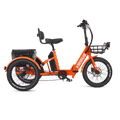
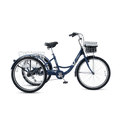
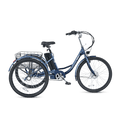
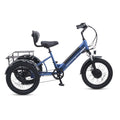
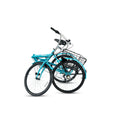
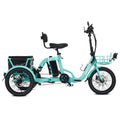

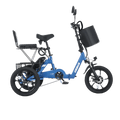
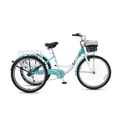
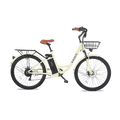
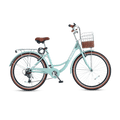
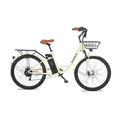
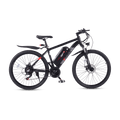
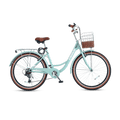
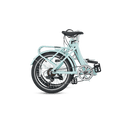
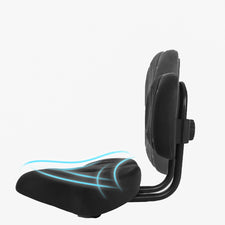





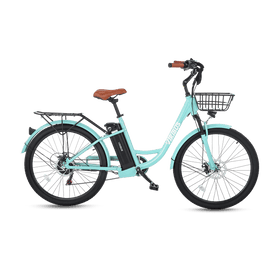
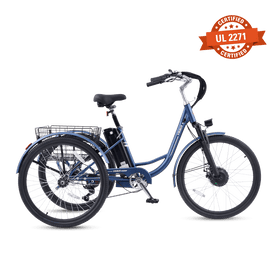
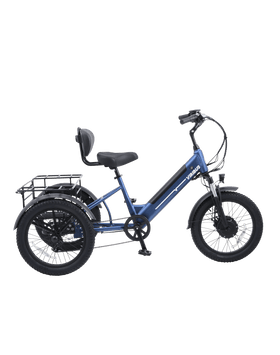



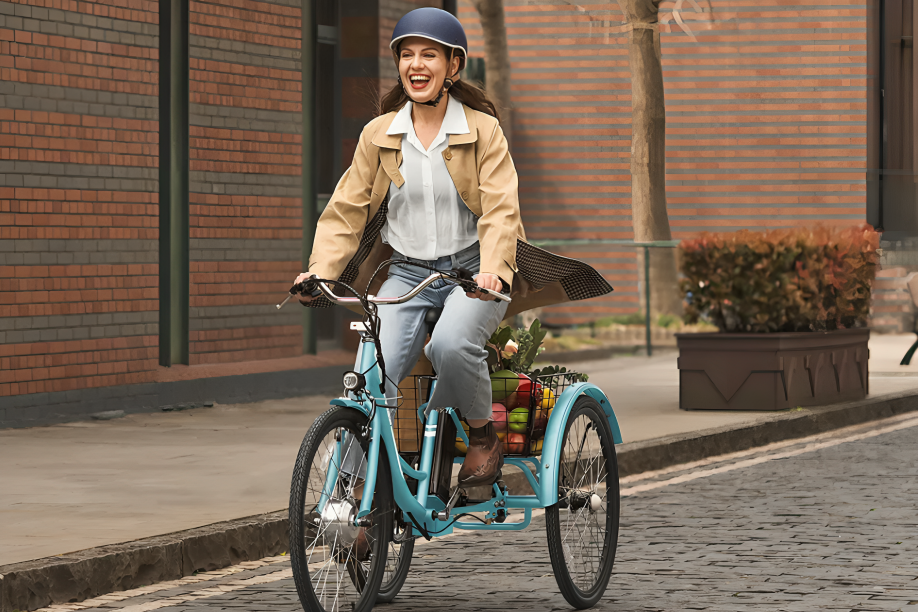

Leave a comment
All comments are moderated before being published.
This site is protected by hCaptcha and the hCaptcha Privacy Policy and Terms of Service apply.